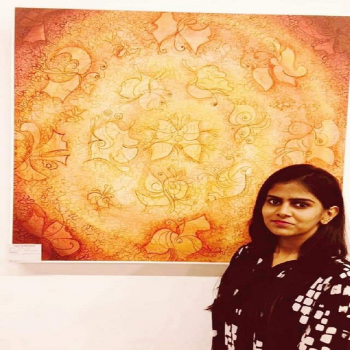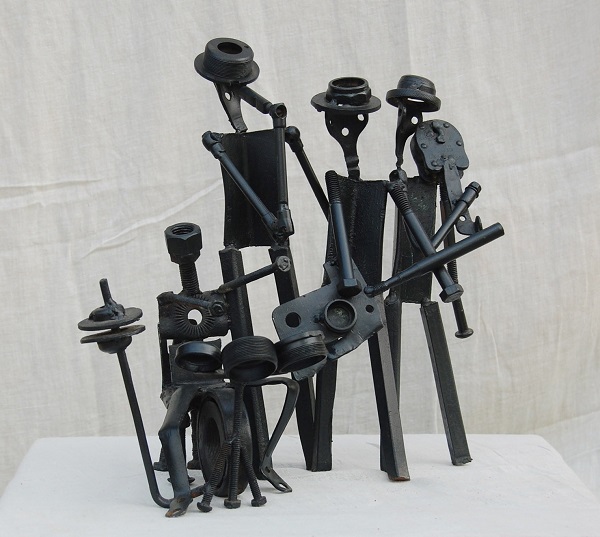
India is a country with a rich cultural past and a long history of fostering creative endeavors. Indian sculptures are quite unique among the country's artistic expressions and serve as a tribute to the ingenuity, passion, and skill of the people who did this. It tells fascinating stories of the cultural and historical growth of the nation through its elaborative designs and deep meaning behind everything
With the oldest civilizations in the Indus Valley thousands of centuries ago, Indian sculpting began. Indian sculpture has developed itself throughout the years to reflect the various devotional, social, and political realities of the peninsula. It all began with the small, delicate clay figurines of antiquity and then it progressed to the large, complex stone sculptures of religious buildings.
Indian sculpture has a deeper meaning than just its beauty. These sculptures are more than just works of art; they are sculptured representations of cultures in wood, bronze, and stone. They convey the metaphysical and intellectual ethos of many ages through tales of gods, heroes, saints, and average individuals.
This blog is going to take you on a historical tour, digging into the rich legacy of Indian sculpture from its historical roots to its modern expressions. Allow yourself to celebrate the artistic brilliance of Indian sculptors, learn the stories behind the sculptures, and enjoy the ongoing legacy of this incredible cultural heritage.
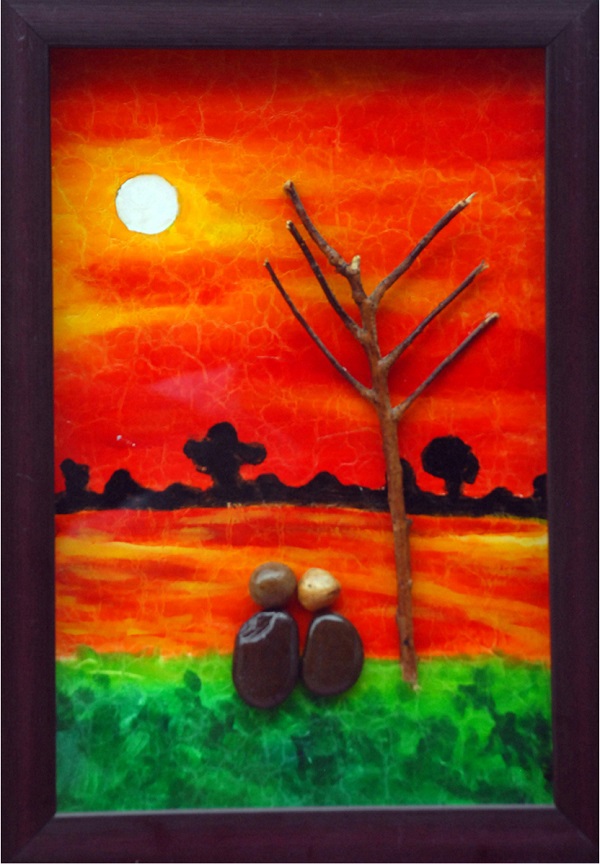
Ancient Indian Sculpture
The genealogy of Indian sculpture is rich and glorious, dating back hundreds of thousands of years to the Indus Valley Civilization. These prehistoric people produced amazing works of art. They were among the first urban communities in the history of civil. These include the "Priest-King," a stone-like monument that provides a view into the upper classes of society, and the carved bronze figure "Dancing Girl," which oozes courage and sensuality.
As we proceed through time, we get to the Maurya and Sunga eras, which are popularly known for their notable contributions to Indian art. During this time, the spread of Buddhism and Jainism significantly impacted creative endeavors. One of the most famous pieces of art from the Mauryan era is the Ashoka Pillars, which symbolizes steadfast devotion to Buddhism.
The Gupta time period, commonly known as the "Golden Age" of India, was a turning point in the advancement of sculpture methods. The previous generation of artists produced works of remarkable grace and finesse. This generation of Buddha sculptures embodies the spiritual peace and creative brilliance of Gupta sculpture with their peaceful looks and elegant positions. Vishnu statues, which frequently feature the god in all of his incarnations, are a great way to witness both the artistic accomplishments and the intense devotion to religion of the time.

Interesting Blog: Delving into the Artistic Splendor of Indian Sculptures
Techniques and Materials
Indian sculptors have long been masters of their craft, using a variety of techniques and materials to create their timeless art:
Stone Carving Techniques
India has a long history of beautiful stone carvings. Stone blocks were meticulously carved into intricate figures by craftsmen using chisels, sledgehammers and other instruments. Sandstone, marble as well, and granite were common stones that were selected for their aesthetic appeal and resilience. These resources went towards producing the elaborate motifs and spectacular temple sculptures that still awe us today.
Metal Sculptures
Ancient India was the pinnacle of metalworking, particularly concerning bronze. The Lost-Wax method is one of the most well-known approaches, which involves overlaying a wax model with clay to make a mold. The mold is filled with molten metal once the wax has melted and been removed. The clay is removed and a beautiful metal sculpture is revealed once it has cooled. Among the exquisite Chola bronzes, which are well known for their beauty and realistic detail, are notable specimens.
Wooden Sculptures
Indian sculptors have also favored wood, despite it being less durable. Indian artisans have demonstrated exceptional skill in crafting elaborate shapes and figures out of wood, which demands a deft hand. One notable example is the intricate wooden panels seen in Kerala temples, which depict Hindu mythological themes with amazing accuracy and creativity.
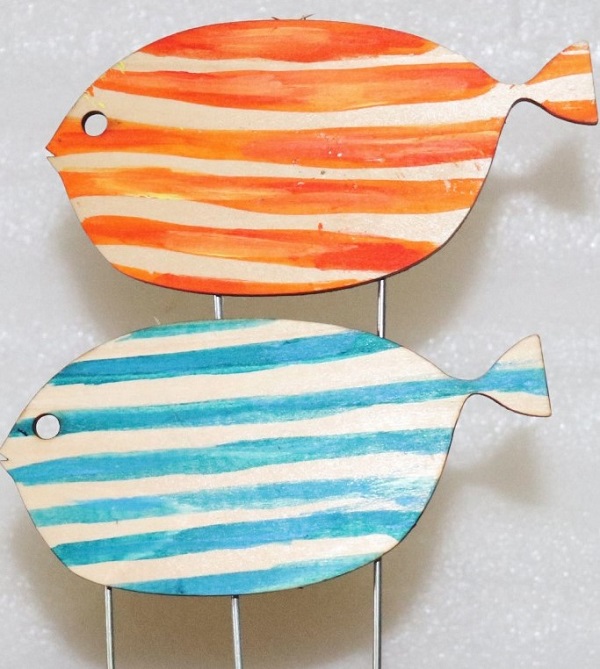
Modern Indian Sculpture
Impact of Colonial Period: Indian art underwent a tremendous transformation during the period of colonialism as native forms were combined with Western inspirations. Indian painters experimented with new mediums and techniques at this time, moving from antique to contemporary.
Post-Independence Sculpture: Following the declaration of independence of India, the art form saw an upsurge in popularity. Leaders in the fusion of modernist aesthetics with traditional techniques were artists such as Ramkinkar Baij. The works of Baij, distinguished by their unadulterated vigor and profound impact, serve as a model for the generations that follow.
Famous Modern Sculptors: Several artists gained prominence in the years following independence. Anish Kapoor won praise from all around the world for his enormous sculptures and creative use of materials. His creations, like the well-known "Cloud Gate" in Chicago, question assumptions and stimulate reflection.
Current Trends: Indian sculpture is still developing today, mirroring the nation's ever-changing cultural milieu. Subodh Gupta and Ravinder Reddy are examples of contemporary artists who push limits by exploring topics of belonging, globalization, and tradition with common materials and vivid colors. Their creations are praised all around the world, demonstrating the enduring vigor and inventiveness of Indian art.
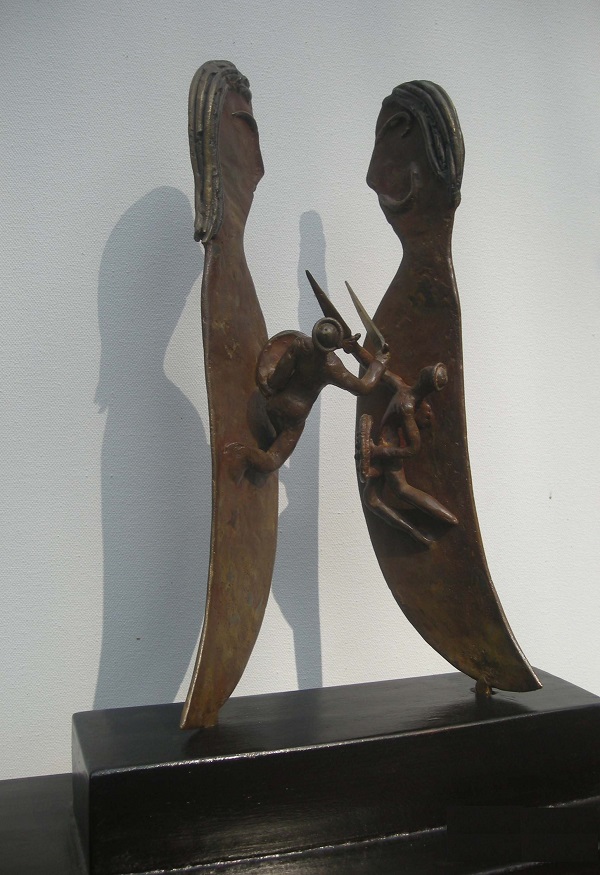
You can also Buy Indian Art
Indian sculpture is so beautiful and profound that it's now easier than ever to buy Indian art. Acquiring this art is a piece of this rich history for people who are drawn to it. There are lots of choices to consider, whether you're more interested in modern bronze sculptures or more conventional carvings made of stone. IndianArtIdeas provides a carefully selected collection of Indian art that you can grab, including stunning sculptures. The platform links you with skilled artists all over India. By guaranteeing the authenticity of each item, this portal offers collectors and art fans alike a reliable source.
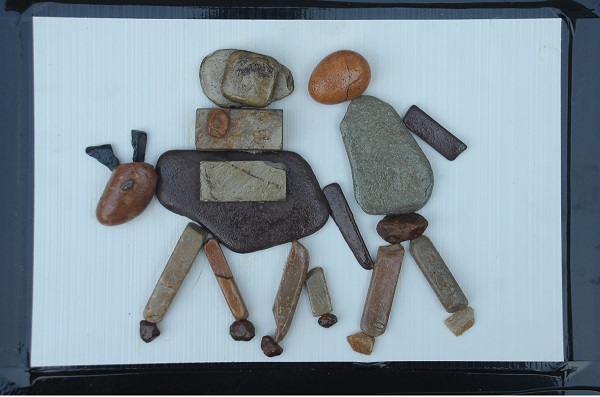
Read More: Spectacular Indian Sculpture Artists of Modern Era
Conclusion
Indian sculpture reflects a rich and dynamic artistic legacy, from its antiquated origins to its contemporary manifestations. Indian artwork is exhibited in its range and depth by the influence of several eras, ranging from the historical Indus Valley to the present-day art scene. Indian sculpture has a rich and lasting tradition that is being further enhanced by contemporary sculptors who are constantly innovating.
Looking through and buying from sites like Indian Art Ideas is a great way to support artists and recognize the classic beauty of Indian art for people who want to add a touch of this history into their homes. Buy Indian Art sculpture is a way to appreciate the continuous creativity that shapes India's aesthetic landscape, in addition to owning a piece of history.















